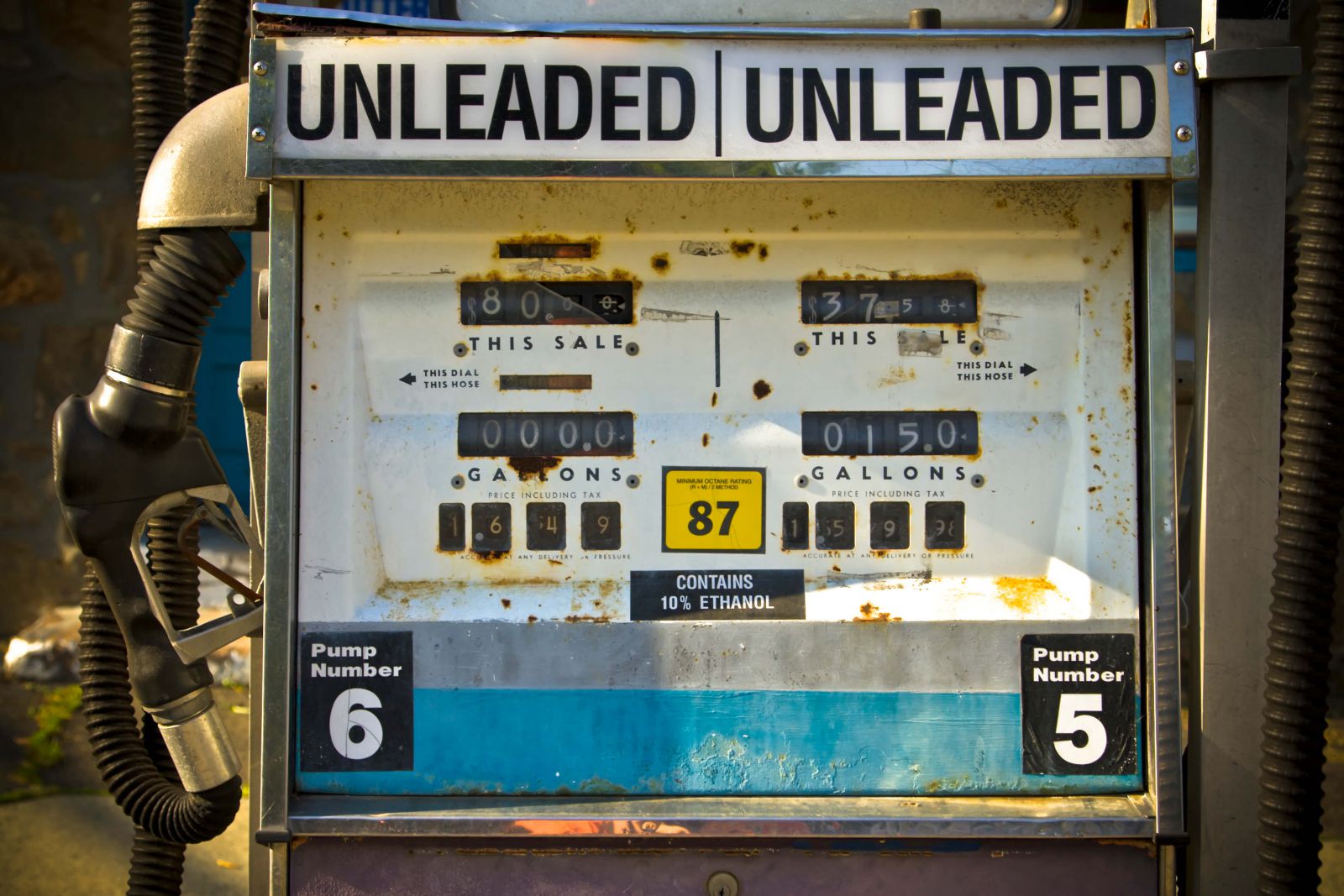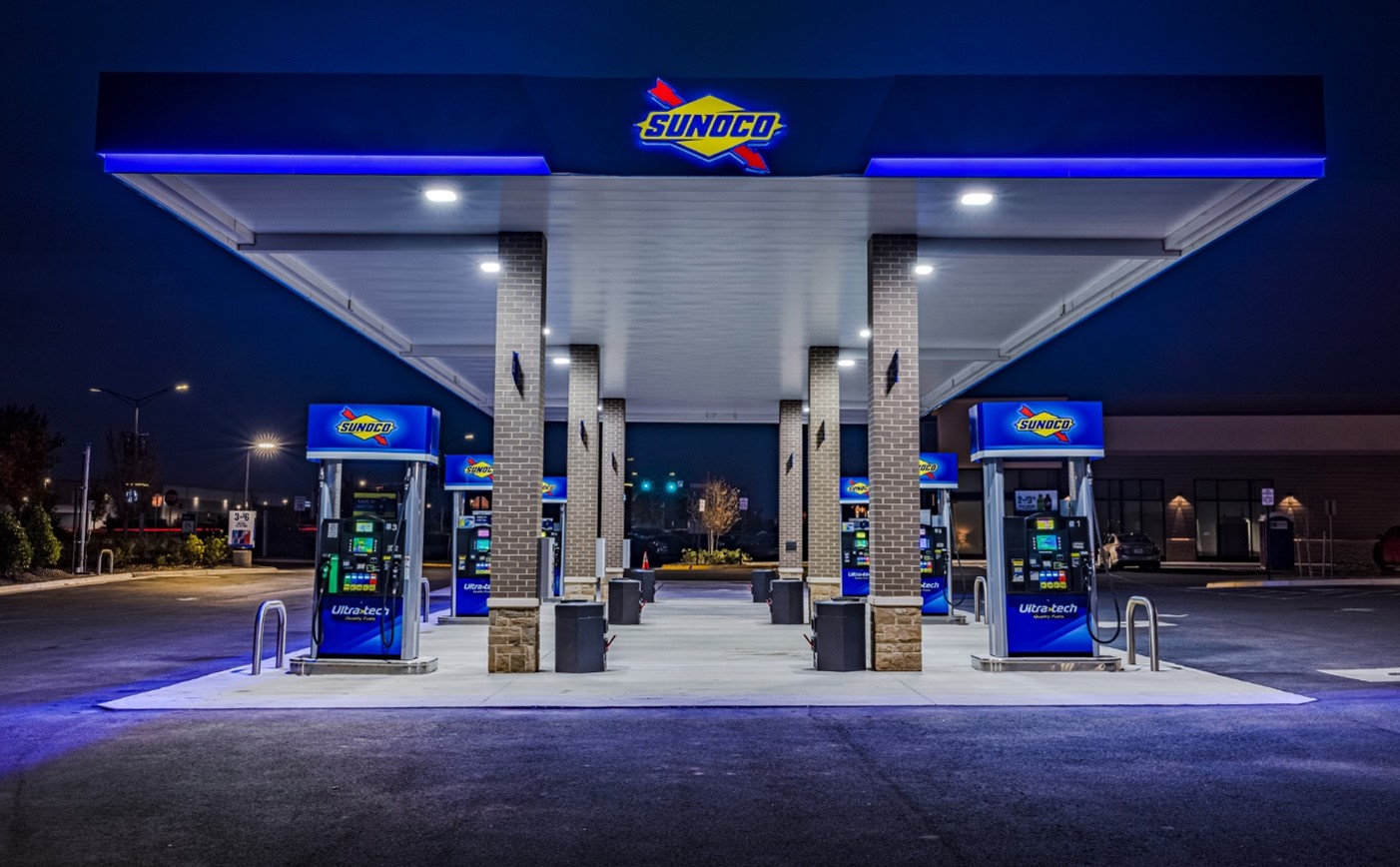Performance Fuels

What’s Lead Got to do With It?
- Category:
- Fuel Facts
by Grassroots Motorsports
Posted on 11/7/2024

Lead is no longer found in street fuels, but it’s still a popular ingredient in race gas. Time to explain.
Why Lead in the First Place? Tetraethyllead has been added to gasoline for nearly a hundred years. “It’s a very cheap and effective octane booster,” explains Zachary J. Santner, senior specialist of quality at Sunoco. Just 6 milliliters of tetraethyllead, less than 0.2 percent by volume, is the difference between the 120- and 100-octane reference fuels used for octane testing, he continues.
Why Did Leaded Fuels Go Away? To meet the emissions standards introduced in the 1970s, car manufacturers began installing catalytic converters. Lead oxide, a byproduct of combustion, leaves a residue on catalytic converters, rendering them useless. Lead as a fuel additive quickly fell from favor.
What Happened Next? Less lead in pump gas resulted in lower octane ratings. As a response, engines were detuned. Remember the glorious muscle cars of the ’60s and early ’70s? That all ended around 1973.
Why Is Lead Used Today in Race Fuels? The science hasn’t changed, as lead still remains an inexpensive, reliable, effective way to add octane to a fuel. Sunoco, for example, still relies on lead to boost octane above 105. These raceonly leaded fuels can’t be used with oxygen sensors or catalytic converters, of course.
What About Alcohol? Fuels containing a high percentage of alcohol–think methanol–will, like high-octane fuels, also fight knock. However, fuels containing a lot of alcohol also require increased fuel flow, which requires specialized equipment. Small side note here: The lab tests done to determine a fuel’s octane rating can’t accurately score highly oxygenated fuels. “We developed this scale for measuring gasoline,” Santner explains, “and now we’re trying to use this scale to measure fuels that aren’t like gasoline–E85, for example. Finding consistent information on octane of highly oxygenated fuels is very difficult.”
Anything New on the Horizon? Look for a new wave of unleaded, high-octane fuels. Santner notes that Sunoco just released another high-octane unleaded formula called Evo 10 to its line of fuels. It’s 10 percent oxygen by weight and carries an octane rating of 105 (R+M)/2.




